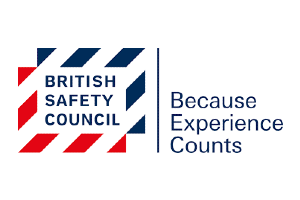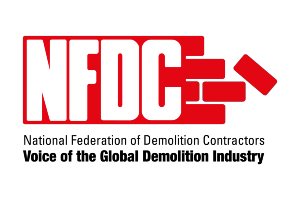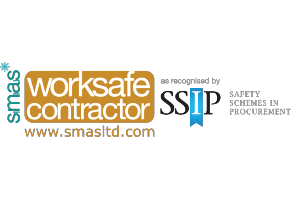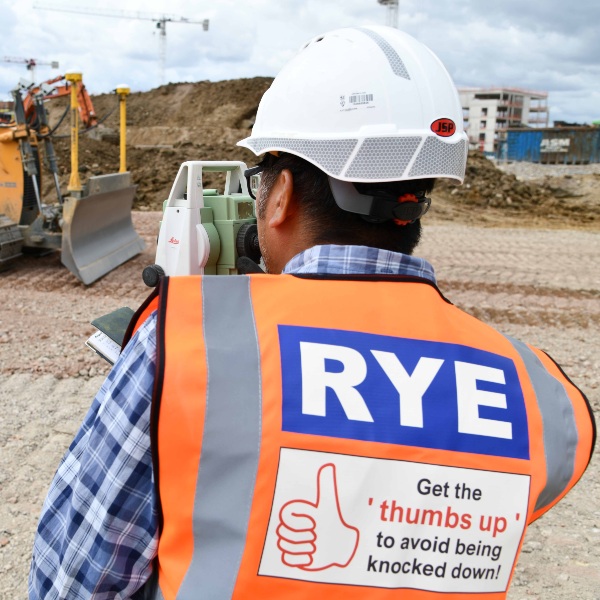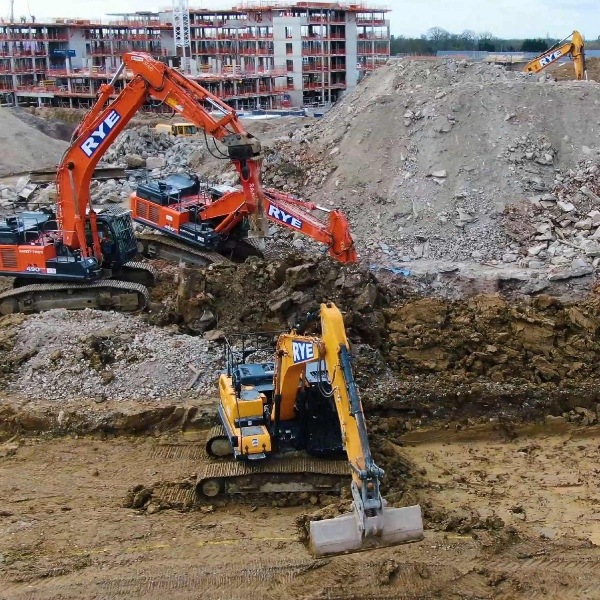A Storm is Coming
- 21/02/22
In the face of ever changing weather conditions, warmer, wetter and windier winters we thought it would be interesting to explore how Rye Demolition manages projects and ensures safe operation when storms and other extreme conditions hit.
Ben Griffiths, Safety, Health, Environmental and Operations Director shares his thoughts.
Q: What are the main challenges experienced with running demolition projects in winter? Temperature, storms, winds etc?
The main challenge in winter is the unpredictable nature of the UK weather. It can be quite benign for weeks and then suddenly a named storm arrives with little warning. As I write this we are just exiting a week when three named storms have swept through following a couple of months of dry and relatively calm weather. Granted, three storms in a week is unusual but it perfectly illustrates the challenges faced.
Clearly we do all we can to be pro-active so keep a close eye on weather conditions, briefing the teams on site and getting ready to mobilise staff wherever required to make sites safe.
Despite being as proactive as possible, the best plans can be changed at last minute as storms change course or unexpected winds whip up. Scaffolding, crane lifting operations and high-level demolition are particularly impacted by high winds.
Increased rain often floods basements during demolition as existing pipe work and guttering has been removed and so different measures need to be put in place to address those issues. Temperature is generally less of a challenge, other than ensuring staff safety should surfaces be icy and slippery.

Q: What does Rye do to ensure safety in stormy conditions?
The most important aspect here is vigilance and preparation.
Even in the calmest of conditions we are always focused on safety. With demolition there is always a risk presented by falling debris, scaffolding and heavy machinery. With noise, ground disturbance and vibration you have to be careful all the time and so when it comes to inclement weather it is a case of increasing those checks though the standard procedures we have in place should be sufficient.
By keeping a close eye on the weather forecast we are able to identify when and where additional checks are required and I, as Safety, Health and Operations Director will work with our H&S team and Site Managers to apply additional checks - ensuring scaffolding is tied into buildings correctly, high level materials storage is reduced as much as possible and that partially demolished building are well excluded from the public.
These are actions that are taken as a matter of course, but we will always re-check each site when bad weather is approaching.
When the poor weather arrives a great deal of the work is suspended until conditions are deemed safe again. Our cranes, for example, have in built wind monitoring systems which automatically restricts work during high winds.
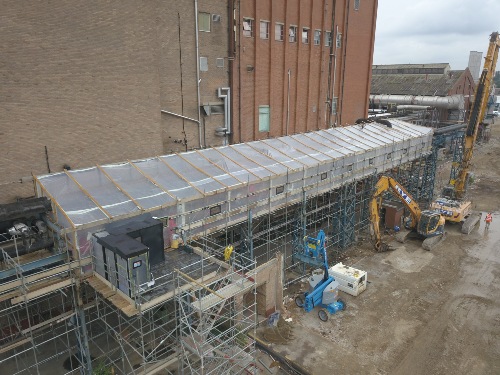
Q: How do you ensure programmes of work keep moving when bad weather hits?
The programming of works during winter should not be rigid. There has to be some in built expectation that works will need to be suspended or re programmed due to poor weather. Any client who does not understand or tolerate this is potentially asking us to endanger our workforce and the public. If we are open and transparent about the risk with our client this is usually not a problem.
Therefore we apply a contingency when designing a programme of works and hope that it isn’t needed. We prefer to apply this scope of flex so that clients can prepare for the worst but, if we are able to complete sooner then everyone is happy. The alternative of delivering late, if we haven’t considered poor weather, can not only cause a rift in relationship but lead to financial issues for us and the client as onward planned works can end up being delayed and re-programmed.
Q: Are there any particular measures that are in place to prevent accidents in high winds or snowy and icy conditions?
As I mentioned previously, numerous safety measures are in place at all times, so it is generally a case of tweaking what we’re doing when such conditions hit.
During winter we use a lot of salt on pedestrian walkways, scaffolding and other access areas. It's a quick and cost-effective way of reducing ice build-up. If however there is a particularly hard and prolonged freeze we have been known to suspend works. Our water supplies are often affected so have to be stopped because the welfare facilities are impacted.
The usual practices around securing scaffolding, reducing high level storage and applying exclusion zones continue to be followed.
Q: How do you manage the client relationship when bad weather hits and potentially delays works?
It’s all about being open, upfront and honest. At the outset we will build in that contingency and will continue working with our clients throughout so that we all understand the situation and the potential for delays. We have longstanding relationships with many clients, significantly down to the way we communicate and collaborate.
The demolition and construction industries always have been and always will be impacted by bad weather. Everyone understands that and so, as long as communication is regular and honest, we don’t experience any challenges in this area.
Memberships And Accreditation Partners
